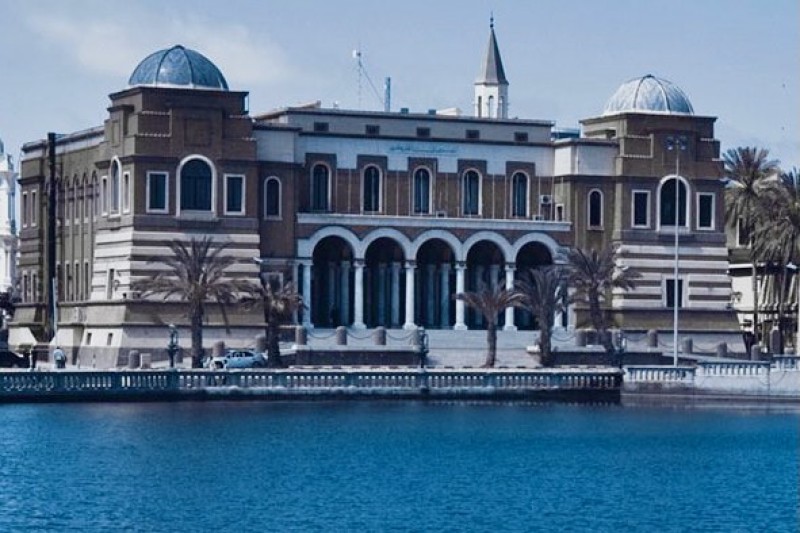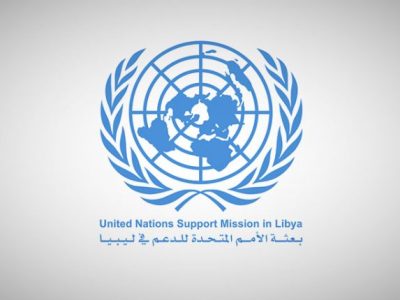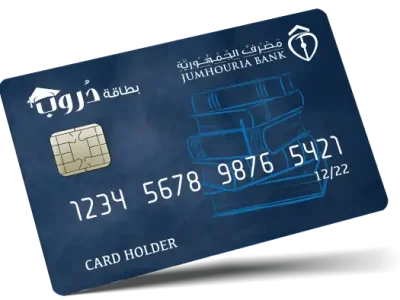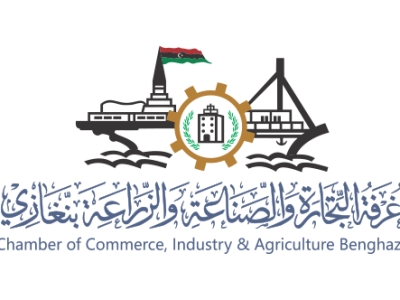Libya Banking Sector Reform Key to Economic Recovery
Libya’s long road to economic recovery hinges on a banking sector that can meet the needs of its citizens and businesses. Since 2014 the sector has been fractured by competing administrations, leaving commercial banks tied up in political disputes and ordinary Libyans relying on cash for nearly every transaction. In October 2024 the Central Bank of Libya marked a critical milestone when its rival Tripoli and Benghazi branches completed reunification under Governor Sadiq al-Kabir and his eastern deputy Maree Raheel. That process brought welcome improvements in monetary policy coordination and banking supervision. Yet reunifying the central bank is only the first step. Without parallel reforms to commercial banks, regulation, credit reporting and digital infrastructure, Libya’s financial system will remain unable to support private-sector growth or transform oil windfalls into lasting prosperity.
Central Bank Reunification and Remaining Hurdles
Political divisions have long strangled monetary policy. From 2016 until early 2024 rival authorities in Tripoli and Benghazi each maintained separate central bank branches with their own governors and accounting practices. This split meant that neither branch could enforce unified liquidity requirements or supervise the dozen state-owned and private banks operating across the country. International banks largely cut ties with Libya during the standoff, leaving local banks isolated from correspondent services and hampering access to foreign currency. Even after reunification Sadiq al-Kabir noted that over thirty major international banks still refused to transact with Libya, limiting foreign balances and deposits. Restoring those links depends on credible, consolidated governance – another reason why delaying full implementation of the reunification plan poses ongoing risks.
The reunification effort itself faced logistical challenges. Deloitte auditors found discrepancies of nearly LYD 3 billion between the ledgers of the two branches, requiring months of reconciliation. The central bank used part of its $94 billion in reserves to shore up liquidity and to defend the dinar, which lost about 13 percent of its official value against the dollar in April 2025. Despite these measures, the gap between official and black-market exchange rates remains near LYD 7.2 per USD. This premium reflects lingering doubts about the central bank’s authority and the slow pace of reforms in commercial banking.
Commercial Banks Under Strain
The IMF has made clear that completing central bank integration is essential for financial stability, but that alone cannot repair a system where formal credit is scarce and public confidence is low. Libya’s economy remains overwhelmingly state-driven. The World Bank estimates roughly 85 percent of economic activity flows through state-owned enterprises, including those in banking and finance. That dominance distorts competition and squeezes out private banks. Small and medium enterprises face steep hurdles when approaching banks for loans, driving many to operate in cash. According to World Bank data, Libya’s private credit and business indicators resemble those of fragile states rather than emerging-market peers, with anemic lending to entrepreneurs and low banking penetration restricting job creation and investment.
Commercial banks struggle with chronic liquidity shortages and nonperforming loans. Many state-owned banks hold more than 25 percent of their loans in arrears. Low tariffs on cash deposits, inadequate capital buffers and outdated risk-management practices leave banks ill-equipped to support new ventures. In the absence of reliable credit, many Libyans revert to informal lenders or cash-based transactions that carry higher costs and risks. This cycle reinforces itself – banks lend sparingly because they cannot monitor borrowers effectively, and borrowers avoid banks because lending costs rise to offset banks’ perceived risks.
Household banking penetration remains below 20 percent, according to the IMF. That contrasts sharply with regional peers like Tunisia (54 percent) and Morocco (59 percent). Bank branches are concentrated in Tripoli and Benghazi, leaving southern and eastern communities underserved. In places like Sabha, small businesses report waiting weeks to secure basic trade finance, if at all. Until commercial banks can extend credit more evenly and transparently, much of the private sector will operate outside the formal system.
A Roadmap for Reform
The path forward requires a coordinated package of reforms. First, Libya must establish a unified banking regulator with clear authority over all commercial banks. The IMF and World Bank have offered technical assistance to draft updated banking laws, but national authorities must commit to implementing them. A modern regulatory framework would standardize capital requirements, enforce anti-money-laundering rules, and clarify the central bank’s supervisory role.
Second, banks should be required to adopt standardized credit-scoring systems. A shared credit registry, hosted by the central bank, would help banks assess applicants and diversify lending across sectors beyond oil and construction. Pilot programs in Morocco and Egypt demonstrate that even limited data sharing can increase SME lending by up to 20 percent within two years. Third, expanding digital infrastructure and mobile banking would lower transaction costs and bring more Libyans into the formal financial system. In Somalia, mobile wallets now account for 60 percent of all financial transactions – a model Libya could adapt in partnership with fintech startups or telecommunications firms.
Fourth, improving customer service and consumer protection is vital for rebuilding public trust. Decades of instability have left many Libyans skeptical of banks. Guaranteeing deposit insurance, enforcing clear dispute resolution procedures, and launching financial-literacy campaigns will demonstrate that banks serve the public interest. Partnerships with civil society and community organizations can help shift perceptions of banking from an opaque privilege for elites to a transparent service for all.
Political risks remain formidable. Banks have sometimes been enlisted to facilitate off-the-books government spending, contributing to fiscal indiscipline. Rival factions might resist a strong regulator that could expose misuse of public funds. Yet political actors also stand to gain from a healthier banking sector. Greater access to credit can fuel private-sector growth, create jobs and generate tax revenues. International investors, long wary of Libya’s political risk, would view a reformed financial sector as a signal that the country is ready for broader economic partnerships.
Libya’s oil revenues offer a rare opportunity to deploy capital into rebuilding key sectors, provided we have a financial system capable of allocating resources efficiently. Completing the integration of branch operations, restoring access to international banking networks and overhauling commercial-bank regulations will be essential. If these steps are taken swiftly, Libya can transform its banks from guardians of political patronage into engines of growth.
A unified, transparent and modern banking sector would underpin our broader recovery, support private-sector development and enhance Libya’s appeal as a reliable economic partner. The time to act is now. Libya’s future depends on our ability to harness financial resources for productive investment rather than national survival. A robust banking system is a necessity for lasting prosperity.




